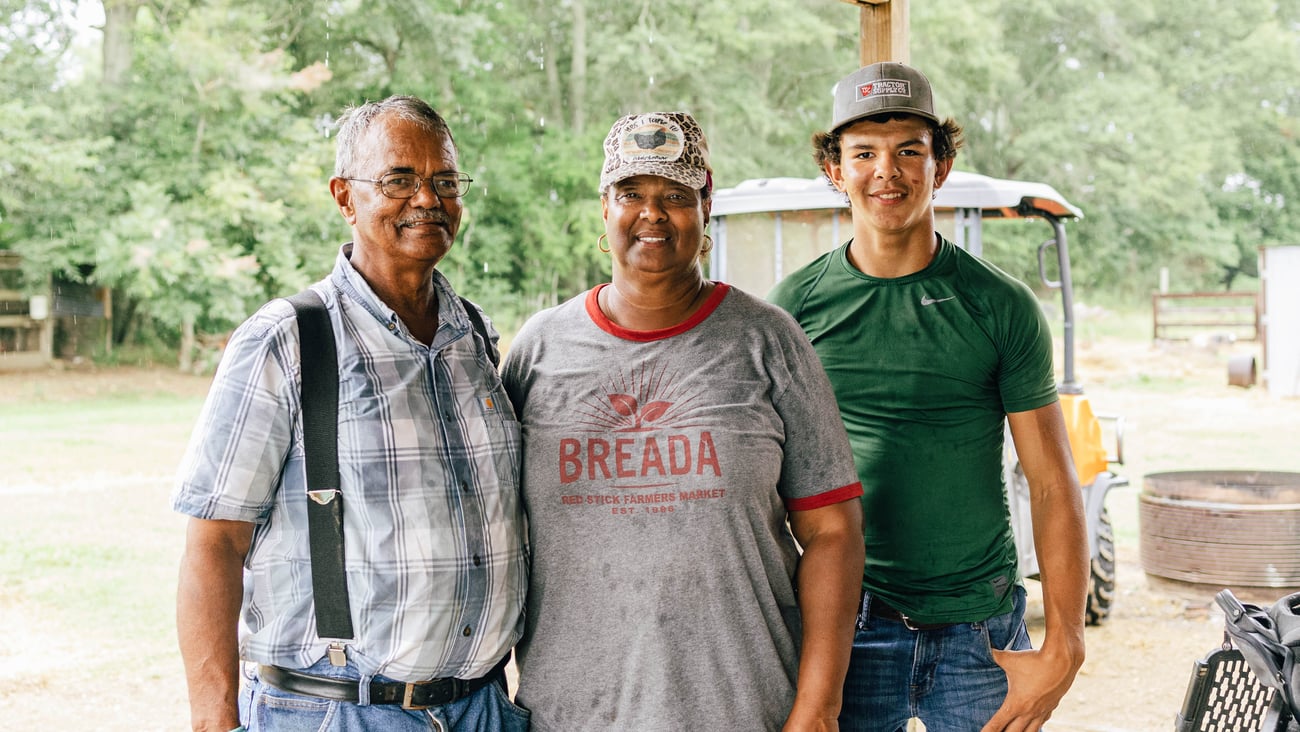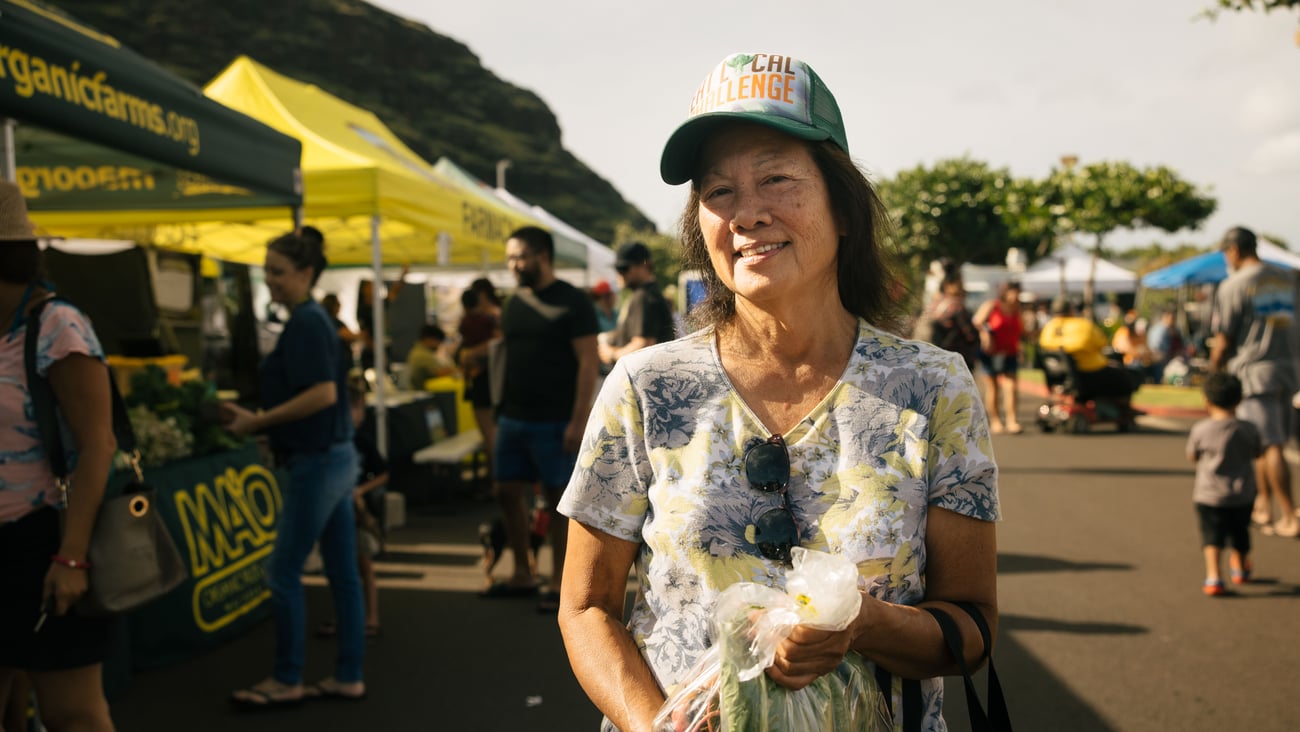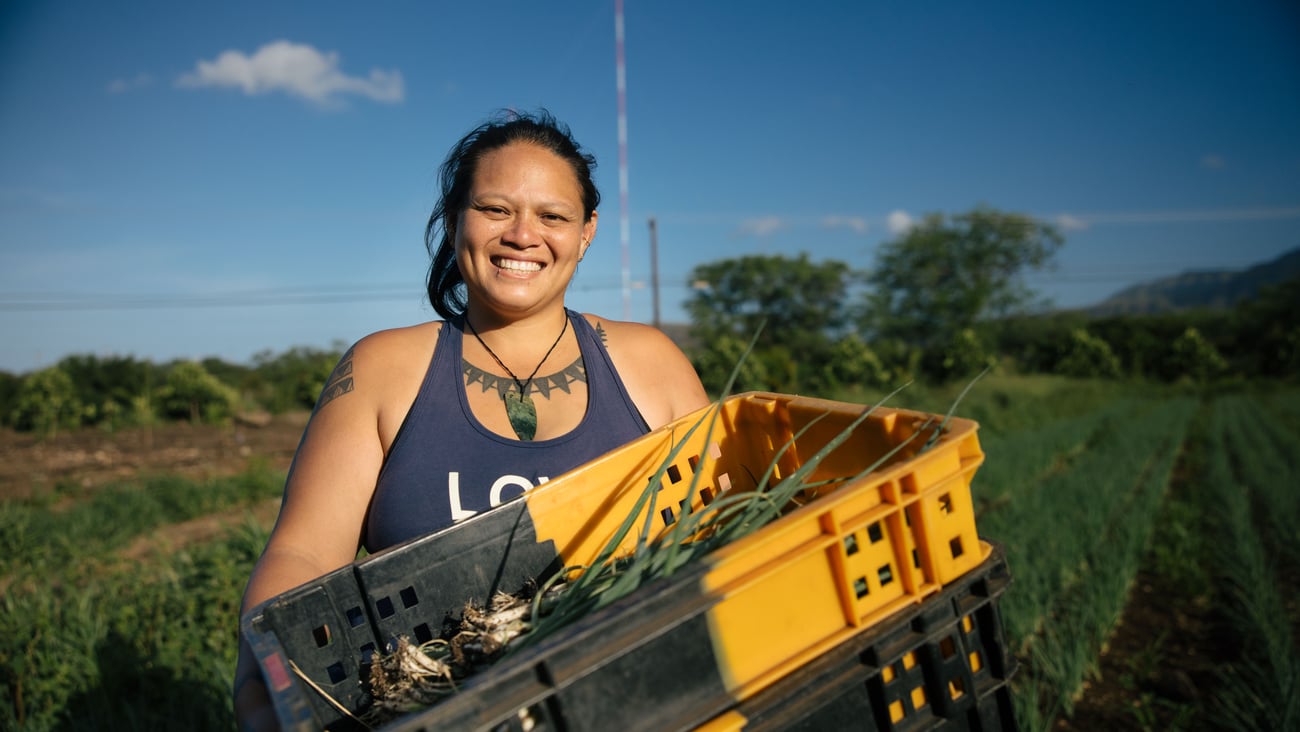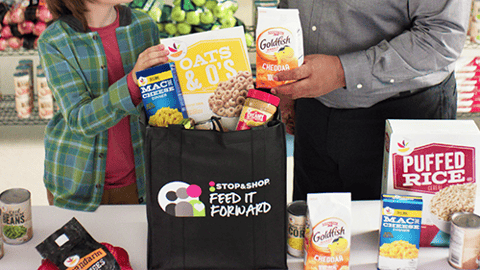EXCLUSIVE: Why Food Banks Need Grocers More Than Ever
As destinations for and providers of sustenance, grocery stores are central to food security. It’s why many, if not most, food retailers partner with local food banks to support their communities.
One of the industry’s biggest partners is Feeding America, a nationwide network of food banks, food pantries and local meal programs that focuses on getting nutritious food to communities through efforts ranging from food donation sourcing to advocating for policies to end hunger.
[RELATED: Progressive Grocer Names the 10 Most Sustainable Grocers]
Progressive Grocer recently caught up with Casey Marsh, chief development officer for Feeding America, about the acute need for hunger relief in the U.S. and the importance of partnerships with grocers.
Progressive Grocer: How would you describe the current state of food insecurity in the United States, following years of disruption and challenges?
Casey Marsh: Everyone needs nutritious food to thrive and in every community in America, people are working hard to provide for themselves and their families. Yet in 2022, 44 million people, including more than 13 million children, faced hunger in 2022, which is one in seven individuals and one in five children.
This is the highest rate and number since 2014 and the largest one-year increase in food insecurity since 2008. In Feeding America’s most recent survey of network food banks across the nation from March 2024, 85% reported seeing demand for food assistance increase or stay the same in February 2024 compared to January 2024, a 40% increase from the previous year.
Food insecurity is about more than food. Our neighbors facing hunger tell us that cost of living, housing, employment, health and other factors — like the end of pandemic-era relief efforts — are among the top reasons why it’s increasingly difficult to afford and access the food they need to thrive.
We are capable of achieving a food secure future for everyone. We can succeed when people facing hunger are at its heart and policymakers, organizations and people everywhere are united with them to deliver innovative policies and programs that increase access, prioritize dignity, expand opportunity and improve health for all.
PG: How have your grocery partners – and their shoppers – stepped in to help in recent years? Are many retailers doing more in this area, as they are so close to their communities and food is part of their core business?
CM: We are really lucky to have long-standing, dedicated partnerships with some of the nation's top retailers and we’ve seen them continually step up to address food insecurity. But none of this would be possible without customers, shoppers, and neighbors participating. Whether it’s rounding up at check-out to contribute toward feeding others or purchasing products that trigger a donation with sale, these small choices make a real difference to communities within the network.
Cause marketing campaigns are perhaps the most effective fundraising efforts. We partner with stores like CVS, Walmart and Sam’s Club, Hy-Vee, Casey’s, Kroger, Albertsons and Food Lion to raise significant funding for food banks. By triggering a donation or a shopper rounding up their total purchase at checkout, these donations, which are often tied to the local food bank serving that store's community, make a real difference where consumers live and work.
One of our biggest cause marketing efforts was the (recent) “Walmart & Sam’s Club Fight Hunger. Spark Change.” campaign. Shoppers can donate at the registers but can also buy specially marked packages of select products, which also trigger donations. And again, it's all connected to local food banks - and food industry partners, retailer suppliers and Feeding America work together. So far, the campaign has raised $186 million for the network in the past 10 years.
[Never miss a story – sign up for Progressive Grocer's FREE Daily newsletter]
That commitment extends beyond financial contributions, too. Walmart and Sam's Club have donated more than 8 billion pounds of food. The Walmart Foundation, meanwhile, has helped make it easier to access healthy foods through grants that address food insecurity in rural areas and through the funding of two major innovations: OrderAhead, a free online grocery ordering service, and the MealConnect platform, which links food donations to local food banks and partner agencies.
PG: Why is Feeding America’s approach effective in fostering real changes in addressing food insecurity? Can you share some local examples?
CM: Feeding America was founded 40 years ago as a charitable food assistance organization, and our work has only evolved since then. Feeding neighbors facing hunger is at the core of everything we do. From working with local communities to advance equity by building relationships with systemically marginalized farmers and food producers of color, to piloting programs to bring locally and tribally sourced foods to native communities during the pandemic, we are strengthening already resilient food systems and equitably building access to healthy food for all for everyone in the United States.
For example, with a grant from the Food Security Equity Impact Fund, Second Harvest Food Bank of Greater New Orleans and Acadiana is collaborating with the Federation of Southern Cooperatives Land Assistance Fund and Chenier Farms to support Black farmers, ranchers and landowners in Louisiana. The collaboration will double the network of local farmers (from 50 to 100), provide training and workshops in sustainable crop production and food safety marketing, and expand direct assistance opportunities to prevent Black land loss. Chenier Farms will also provide fresh produce for food bank distribution in six parishes. Through this partnership, they aim to create a more robust local food system and healthier community.
The Hawai‘i Foodbank, another Food Security Equity Impact Fund grantee, partners with Elepaio Social Services and the Waianae Coast Comprehensive Health Center to run produce prescription and food prescription programs. These programs ensure farmers on the island of Hawai‘i have a local outlet to offer their produce rather than selling it to hotels and resorts. The Health Center’s ‘Food As Medicine’ program also provides a $250 monthly stipend to neighbors who need to eat more nutritious produce and protein to maintain their health or their family’s well-being.
[RELATED: Grocers Weigh In on Food as Medicine]
Through a Feeding America National Regional Agri Food Distribution grant, Feeding Wisconsin worked alongside three Tribal Nations to pilot a program to get nutritious, locally and tribally sourced foods to elders during the pandemic. Not only did the program work to strengthen an already resilient food system, but it also prioritized putting dollars in the hands of Tribal producers.
PG: Are you seeing innovative collaborations across the country, in both rural and urban areas that have their very real and unique problems with food access?
CM: Addressing food insecurity in our country calls for innovative approaches and collaborations.
We are working with grocery stores and retailers to reduce the physical and social barriers encountered by neighbors facing food insecurity through an app called OrderAhead. The app is discreet and convenient, allowing individuals facing hunger to order food from a Feeding America network food bank or partner organization and pick it up at a convenient community location like schools, drive‐thru distributions and libraries. In some markets, they can have the food delivered right to their door. The program helps break down some of the barriers to accessing food for folks facing hunger, especially people like seniors who may not be able to get to a grocery store or pantry easily.
Another collaborative approach to food access is MealConnect, Feeding America’s free donation platform, helping to save food that previously might have gone to waste. It is the only food rescue app that operates nationwide and is usable by anyone. Food collected through MealConnect now accounts for about 20% of the 6 billion pounds of food distributed last year by Feeding America partner food banks. The vision is to have all the food sourced by Feeding America partner food banks go through MealConnect, while also building up the capacity to distribute that food by connecting thousands more pantries and agencies to the app.
The Food Security Equity Impact Fund offers several great examples of innovative collaboration across the United States, between grantees and food banks.
For example, The Native American Advancement Foundation and the Community Food Bank of Southern Arizona are partnering to ensure Native American children and their families living in the GuVo District — a remote rural area in the Sonoran Desert along the U.S.-Mexico border — have easier access to the foods they need to be healthy and thrive.
Saba Grocers Initiative and Alameda County Community Food Bank in Oakland, California are implementing a more equitable food system in East and West Oakland neighborhoods that will reduce food insecurity, increase access to healthy food, support Black- and immigrant-owned corner stores and invest in Black, Asian, Latino and immigrant farmers and distributors.
PG: Can grocers and food companies get involved in local programs, such as food prescription programs and sustainable crop production? If this is something that interests them from a community outreach standpoint, how can they get started working with Feeding America?
CM: Yes, they can! We always welcome industry partnerships and encourage grocers and food companies to find their local food bank or reach out to us directly. We are always looking to innovate within the charitable food experience, and our partners are right with us. There's a real desire from our partners to create meaningful connections with local food banks.
When you support Feeding America, you’re joining a nationwide movement to help hardworking people gain access to the food they say they need to thrive. It will take all of us to end hunger in America once and for all.















